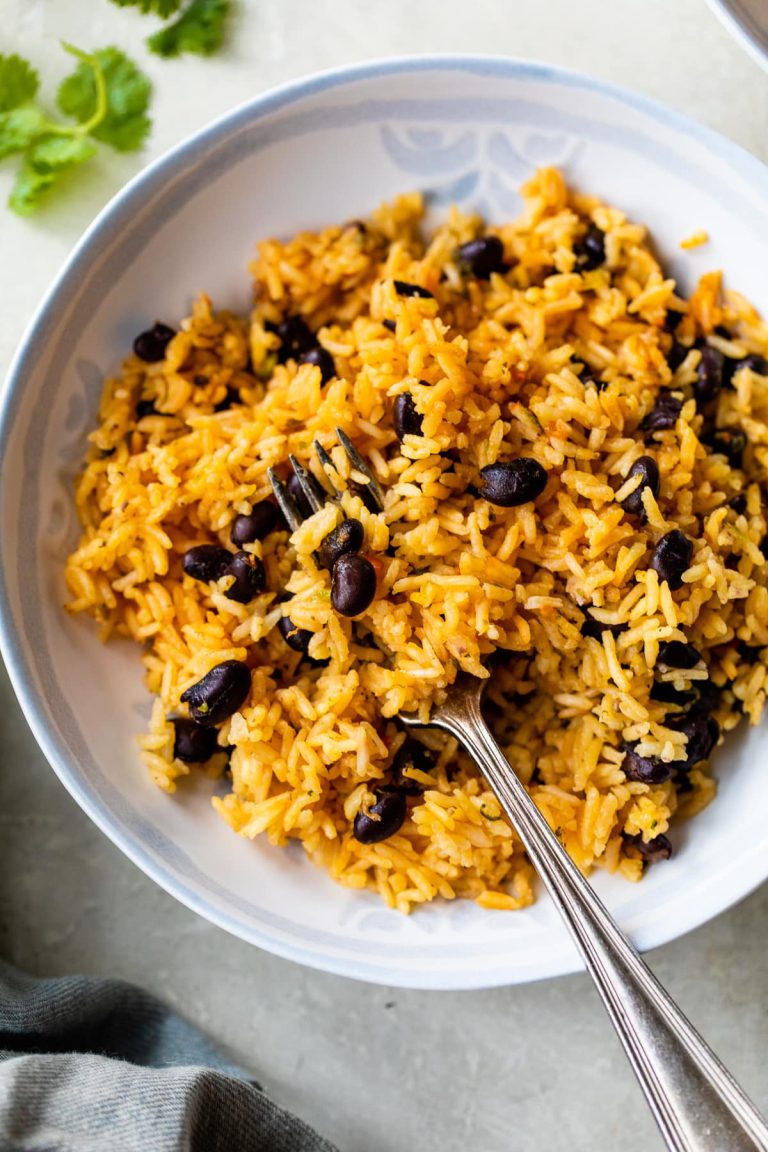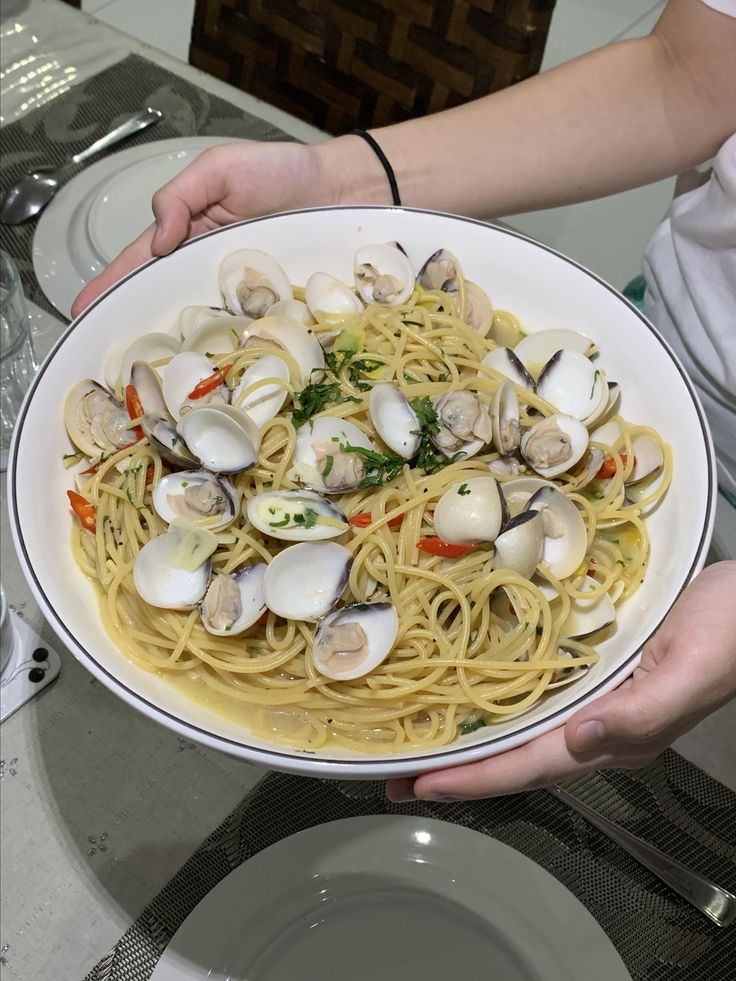Pork Souvlaki: Greek Origins, Global Flavors, and Health-Friendly Recipes
Pork souvlaki, originating from Greece, has roots in ancient times. Archaeological evidence indicates Greeks cooked meat on skewers over open flames as far back as the 17th century BC. This method continued through Byzantine times and remains popular today. Souvlaki has become not just a meal but a symbol of Greek culinary tradition, often enjoyed at family gatherings and festivals. It reflects the Greek emphasis on flavorful, communal eating experiences.
Common Ingredients and Preparations
Pork souvlaki consists of marinated pork chunks, typically from tender cuts like pork shoulder or tenderloin. Ingredients for the marinade often include olive oil, lemon juice, garlic, oregano, rosemary, and thyme. These combine to infuse the meat with a rich, savory flavor. When preparing pork souvlaki, the pork is cut into uniform pieces, marinated for several hours or overnight, then skewered and grilled to perfection. Popular accompaniments include pita bread, tzatziki sauce, and a side salad, creating a well-rounded meal.
How to Make Pork Souvlaki at Home
Choosing the Right Cut of Pork
Select pork cuts like shoulder or tenderloin. These cuts are tender and absorb marinades well. Cut the pork into uniform 1-inch cubes to ensure even cooking. Choose fresh meat to enhance the dish’s flavor and texture.
Marinade Recipes and Preparation Tips
Create a marinade with olive oil, lemon juice, minced garlic, oregano, rosemary, and thyme. Combine all ingredients in a bowl. Marinate the pork cubes for at least 2 hours, ideally overnight, for maximum flavor. Seal the meat in an airtight container or a resealable bag to ensure the marinade covers all pieces.
Cooking Techniques: Grilling vs. Oven Baked
Grilling offers a smoky flavor that enhances Pork Souvlaki. Preheat your grill to medium-high. Thread the marinated pork onto skewers and grill for 10-12 minutes, turning occasionally until fully cooked.
Oven baking is an alternative if you lack a grill. Preheat your oven to 400°F (200°C). Arrange the skewers on a baking sheet. Bake for 20-25 minutes, flipping halfway through until the pork is cooked through.
Serving and Pairing Suggestions
Traditional Side Dishes
Serve Pork Souvlaki with traditional Greek side dishes for a complete experience. Tzatziki, a yogurt-based dip with cucumber and garlic, pairs excellently with the meat’s smoky flavors. Greek salad, featuring tomatoes, cucumbers, olives, and feta cheese, adds a fresh, vibrant element. Consider pita bread for a versatile, wrap-it-yourself option. Lemon potatoes, roasted with olive oil and herbs, provide a flavorful, comforting addition. Also, spanakopita, a spinach and feta pastry, offers a rich, savory counterbalance.
Wine and Beverage Pairings
Pair Pork Souvlaki with wines and beverages that complement its flavors. Assyrtiko, a crisp Greek white wine, enhances the dish’s citrus and herb notes. Nemea, a smooth red wine from Greece’s Peloponnese region, matches the pork’s robust, savory taste. For non-alcoholic options, try a sparkling water with a slice of lemon or a chilled herbal tea for a refreshing contrast. Beer lovers might enjoy a light lager or a Greek beer like Mythos, which complements the dish without overpowering it.
Health Aspects of Pork Souvlaki
Nutritional Information
Pork Souvlaki offers a balanced mix of protein and essential nutrients. A 3.5-ounce (100 grams) serving typically contains around 200 calories, 10 grams of fat, and 20 grams of protein. Pork provides significant amounts of vitamins B6, B12, and niacin, beneficial for metabolism and energy production. Minerals like zinc, selenium, and phosphorus in pork aid in immune function and bone health. Lean cuts like pork tenderloin reduce fat content while preserving nutritional benefits.
Diet-Friendly Variations
Customizing Pork Souvlaki for various dietary needs can broaden its appeal. For a lower-calorie option, use lean cuts and reduce the amount of oil in the marinade. To support a low-carb or keto diet, pair souvlaki with non-starchy vegetables like bell peppers or cucumbers instead of pita bread. Vegetarian variations use tofu or halloumi as substitutes for pork, replicating the marinade and cooking technique to maintain the dish’s signature flavors. For gluten-free diets, ensure all marinades and sides are free from gluten-containing ingredients.
Comparing Different Styles of Pork Souvlaki
Greek vs. Cypriot Souvlaki
Greek and Cypriot souvlaki differ notably in preparation and ingredients. Greek souvlaki often consists of small skewers (kalamakia) of marinated pork, served with pita bread, tzatziki, and sliced vegetables like tomatoes, onions, and cucumbers. You’ll find that Greek souvlaki prioritizes balance in flavors, from the tangy yogurt-based tzatziki to the fresh vegetables.
In contrast, Cypriot souvlaki uses larger chunks of pork, marinated with lemon juice and oregano, providing a distinct citrus note. Cypriots traditionally serve souvlaki in a pita bread called “pita souvlaki,” which is thicker and sturdier. Alongside, you’ll often see salad ingredients like shredded cabbage and parsley, enhancing the hearty nature of the dish.
Restaurant Styles Around the World
Pork souvlaki’s global popularity has led to a variety of restaurant styles. In the US, many Greek restaurants offer souvlaki with a fusion twist, incorporating local ingredients and flavors. You might find pork souvlaki served with barbecue sauce or accompanied by American side dishes like coleslaw or fries.
In Europe, especially in countries like Germany and the UK, souvlaki restaurants often remain closer to traditional recipes. These establishments typically focus on the authenticity of Greek elements, prioritizing original marinades, fresh vegetables, and handmade pita bread.
Across Asia, particularly in urban centers, chefs often adapt pork souvlaki by infusing local spices and flavors. For instance, you might encounter souvlaki skewers with hints of soy sauce or ginger, offering a unique fusion experience. This variation shows how pork souvlaki can be versatile yet retain its classic Greek essence.
By comparing these styles, you gain insights into the regional adaptations and culinary creativity, enhancing your appreciation of pork souvlaki’s versatility.
Conclusion
Pork Souvlaki isn’t just a dish; it’s a culinary journey that celebrates tradition and innovation. By embracing fresh ingredients and experimenting with marinades, you can create a meal that’s both delicious and healthy. Whether you prefer the Greek or Cypriot style, or enjoy exploring global variations, there’s a version of Pork Souvlaki that will satisfy your palate. Dive into the world of Pork Souvlaki and discover its endless possibilities.






